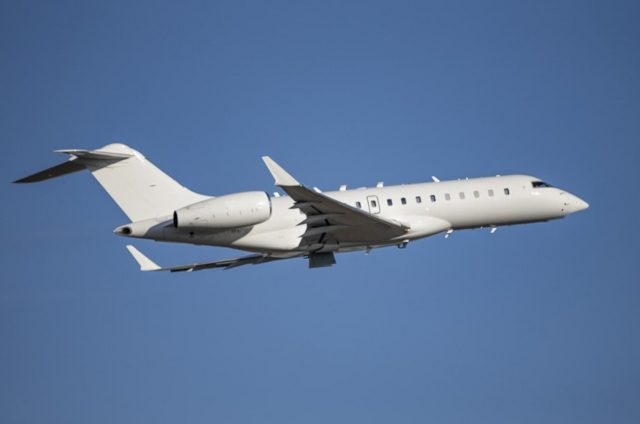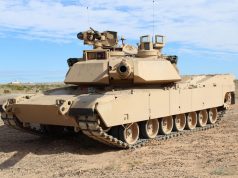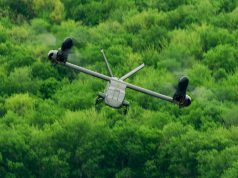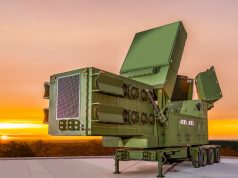The US Army’s second aerial–intelligence, surveillance, and reconnaissance (A-ISR) demonstrator departed to the Indo-Pacific region this month for demonstration and operational employment.
The business jet-based technology demonstrator for Airborne Reconnaissance and Electronic Warfare System or ARES, will support real-time intelligence collection and processing, exploitation and dissemination (PED) operations while in the US Army Indo-Pacific Command area of responsibility.
The deployment follows the first flight of the platform in April 2021. ARES is a technology demonstrator for the High Accuracy Detection and Exploitation System (HADES) program, which will integrate capabilities from the Army’s existing ISR fleet with capacity to add payloads, sensors and increase standoff ranges.
As a technology demonstrator with an operational mission, the ARES aircraft operates with the required range, endurance and near-peer optimized sensor suite to deliver precision sensing capabilities from extended standoff ranges.
The ARES platform is a contractor-owned, contractor-operated manned aerial –intelligence, surveillance, and reconnaissance (A-ISR) solution managed by the Program Executive Office for Aviation’s Fixed Wing Project Office.
The ARES effort will inform future sensor and system requirements for the multi-domain sensing system as a part of the ongoing campaign of learning managed by the Army’s ISR Task Force. Real-world data will help the service to precisely allocate sensor and platform investments for the future HADES program of record.
According to L3 Harris, one of the two companies that received contracts in June this year to develop prototype electronic intelligence (ELINT) and communications intelligence (COMINT) sensors which will eventually be integrated with HADES, ARES can fly at mission altitudes above 40,000 feet for as long as 14 hours and can activate Long Range Precision Fires (LRPF) to counter long-range threats.



























